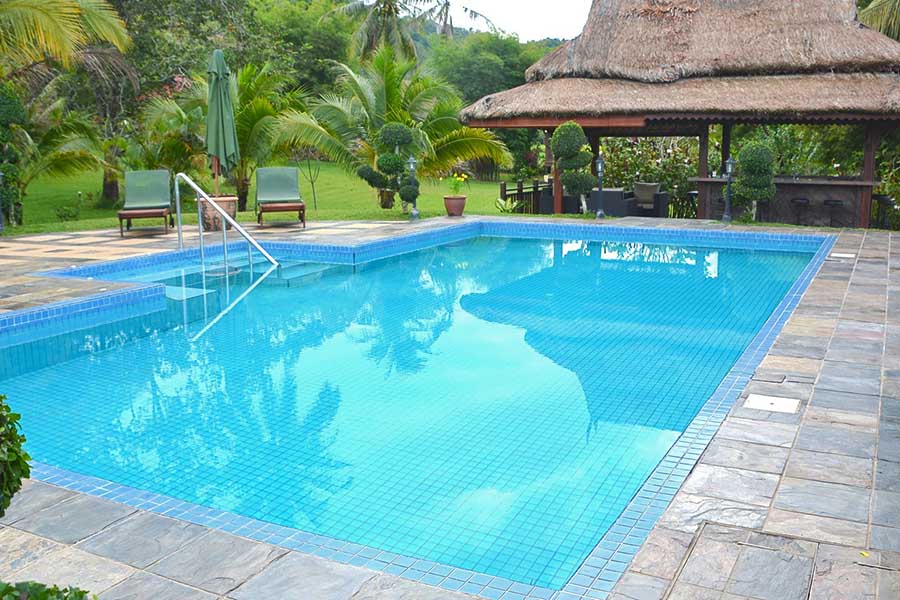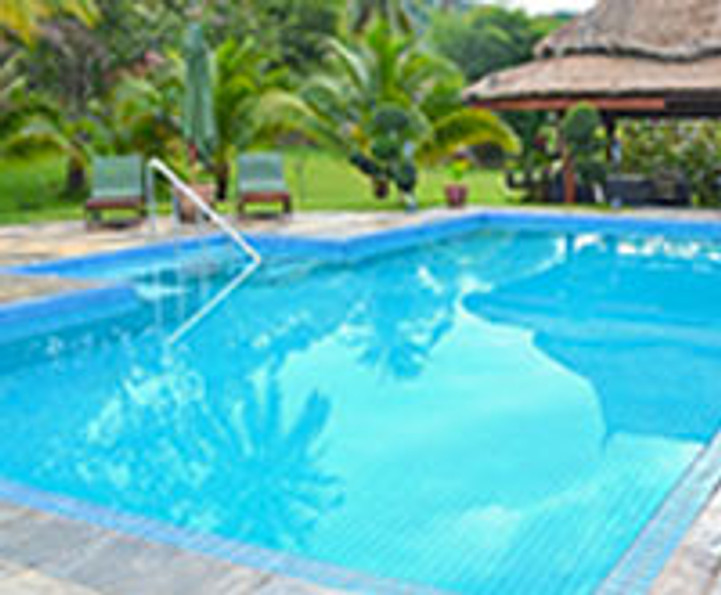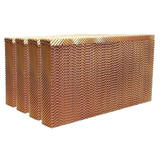Change your salt water swimming pool to Ionised Fresh Pool

Since plumbonline introduced the Aquavic Ioniser range we have taken a lot of calls and emails from potential customers who are looking to convert their existing Salt Water Chlorine Swimming Pool to a Fresh Water pool. We asked the expert Mr John Horwood to give us a "Step By Step" walk through on the process of switching from Salt to Fresh Water Swimming.
Replacing an your “Salt Chlorinator” with an Aquavic “New Millennium” Ioniser
Up until recently, salt chlorinators, which are “Chlorine Gas Generators” - let’s call them for what they really are - have had the lion’s share of the market in swimming pool water conditioning. However, as pool owners become more and more concerned about the spiraling energy costs of running their Chlorine Gas Generators and their pumps, there is a paradigm shift from saline to fresh water systems. One of the most common questions we’re asked by owners of salt pools is,
“Can we replace our salt chlorinators with an Aquavic New Millennium fresh water system, and, if so, what’s involved?”
Option 1:
As our Pool Algaecide & Sanitising System* is, by definition, a fresh water system, our immediate response is to dump the water and refill with fresh. (We believe that all domestic pools should be dumped every 5 years anyway.) This advice invariably provokes a shock and horror response until it is pointed out that, not only is the water contaminated with 3000 – 6000 mg/Litre of salt, but it also contains with everything that has ever been added to the water and dissolved therein. In other words, the water is becoming an increasingly complex chemical soup which is usually measured as TDS – Total Dissolved Solids. By way of example, a typical fresh water pool has a TDS of 250 – 500 mg/Litre.
! TDS also has a direct correlation to the all-important conductivity of the water, that characteristic of the water that allows the current to flow through the water from one electrode (anode) to the other (cathode).
Option 2:
If, for any number of reasons, the water cannot be dumped, the next alternative is to dump a percentage and top up with fresh water, a procedure made a tad easier by first establishing the TDS of the water and calculating the volume to be dumped to achieve a TDS of < 1500 mg/L. For example, if the pool water has a TDS of 3000 mg/L. dumping 60% and topping up with fresh, would result in a TDS of around 1200 mg/L which is still on the high side but we can work with it.
Option 3:
The circuitry of our New Millennium Series II ionisers has been designed to handle water of relatively high TDS / conductivity, but if neither of the above options are practical, as a last resort, we can modify our flowcells to suit the conductivity of the water. We point out that this is not the ideal solution but it does give the pool owner some breathing space whilst they contemplate dump / dilute. Of interest is that the basic water chemistry – salt or ioniser – is virtually interchangeable.
To read more about the Aquavic “New Millennium” Ioniser range click HERE
Recent Posts
-
Buyers Guide - How to choose a Central / Ducted Vacuum
The terms ‘central vacuum’ and ‘ducted vacuum’ both refer to the same thing, a vacuum system that i …10th Nov 2022 -
Replacement Parts for your Carrier Gas Ducted Heaters 58 PIN | 58 PON
Parts for the Carrier 58 PIN & 58 PON Gas Ducted Heaters plumbonline offer a range of Carrier r …21st Jul 2022 -
Evaporative Cooler Airconditioning CELdek Pads 5090 Series
Evaporative Cooler Airconditioning CELdek Pads 5090 SeriesCELdek® 5090 evaporative cooling pad is us …2nd Jun 2021



